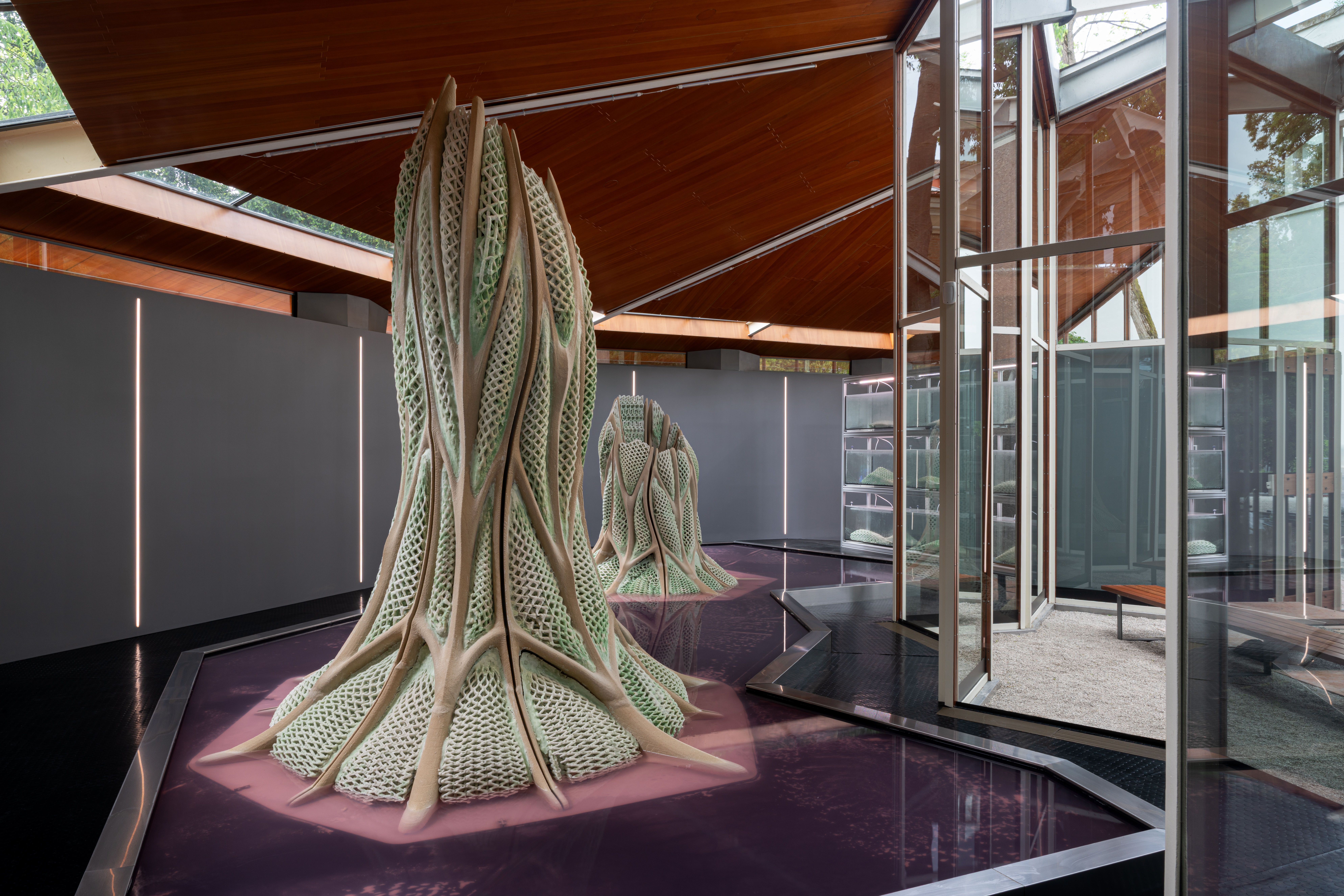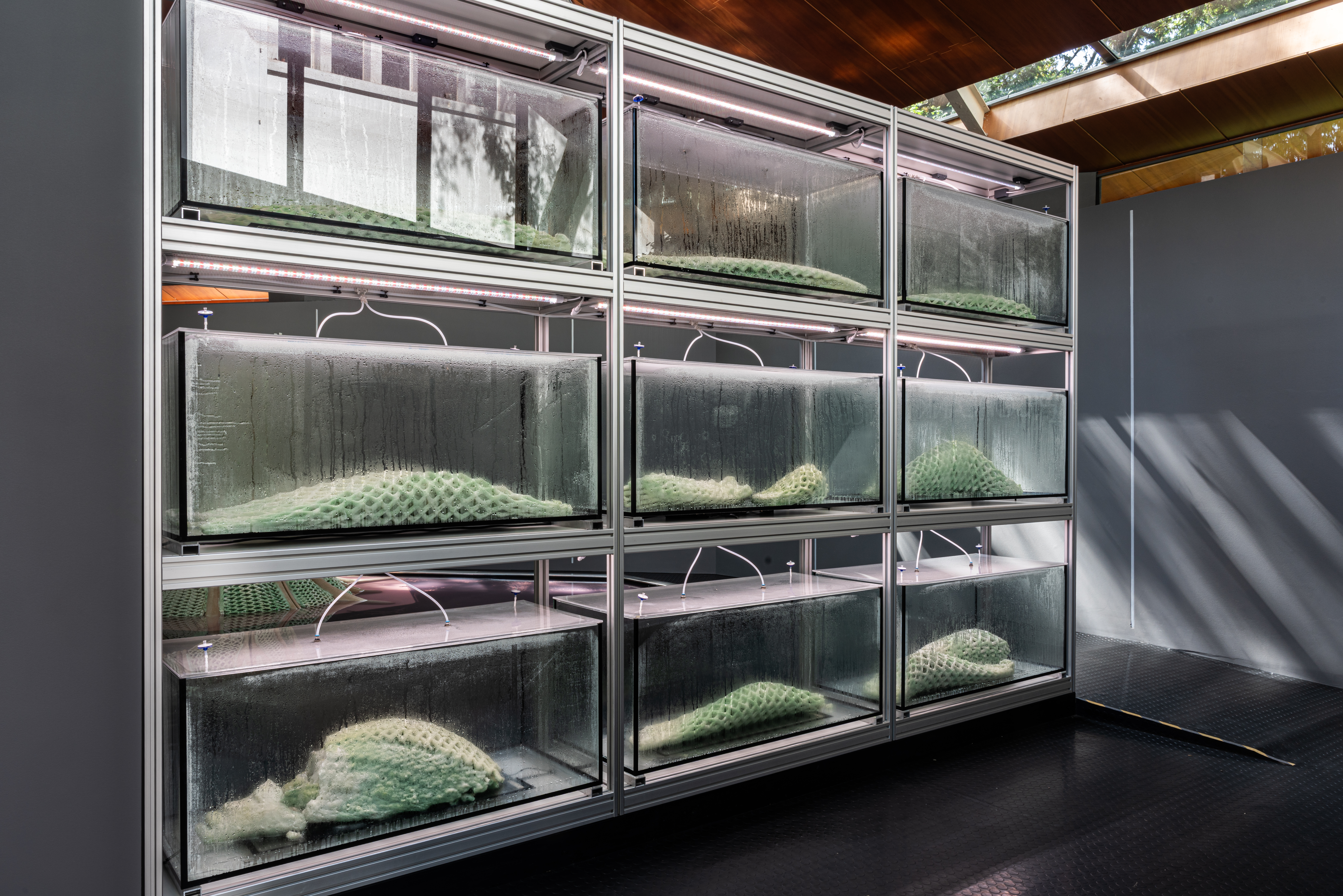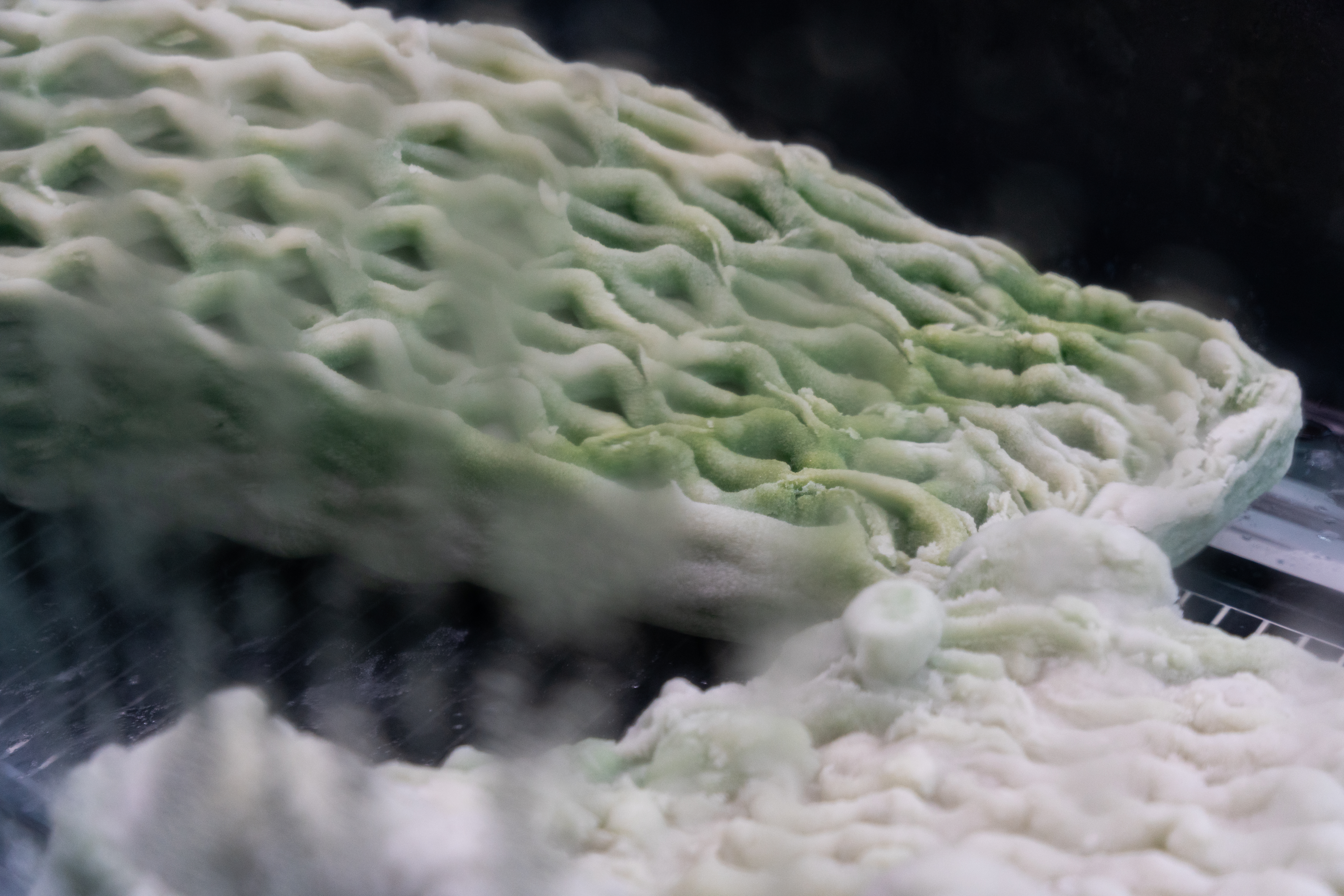12.05.25 - Picoplanktonics curated by Living Room Collective opens at the 2025 Venice Architecture Biennale
How does one fabricate a biological architecture? What are the conditions of stewardship? What are the strategies to instigate this at scale, regionally and globally?
These questions are the foundation of inquiry for Living Room Collective’s exhibition Picoplanktonics, presented by the Canada Council for the Arts as part of the 19th International Architecture Exhibition – La Biennale di Venezia, on view in the Canada Pavillion from May 10 until November 23, 2025.
The Living Room Collective (featured below) is a group of architects, scientists, artists and educators who work at the intersection of architecture, biology and digital fabrication technologies—led by Canadian architect and biodesigner Andrea Shin Ling, alongside core team members Nicholas Hoban, a lecturer and the Director of Applied Technologies at the Daniels Faculty, Vincent Hui, a professor at Toronto Metropolitan University’s Department of Architectural Science, and Clayton Lee, a curator, producer and performance artist.
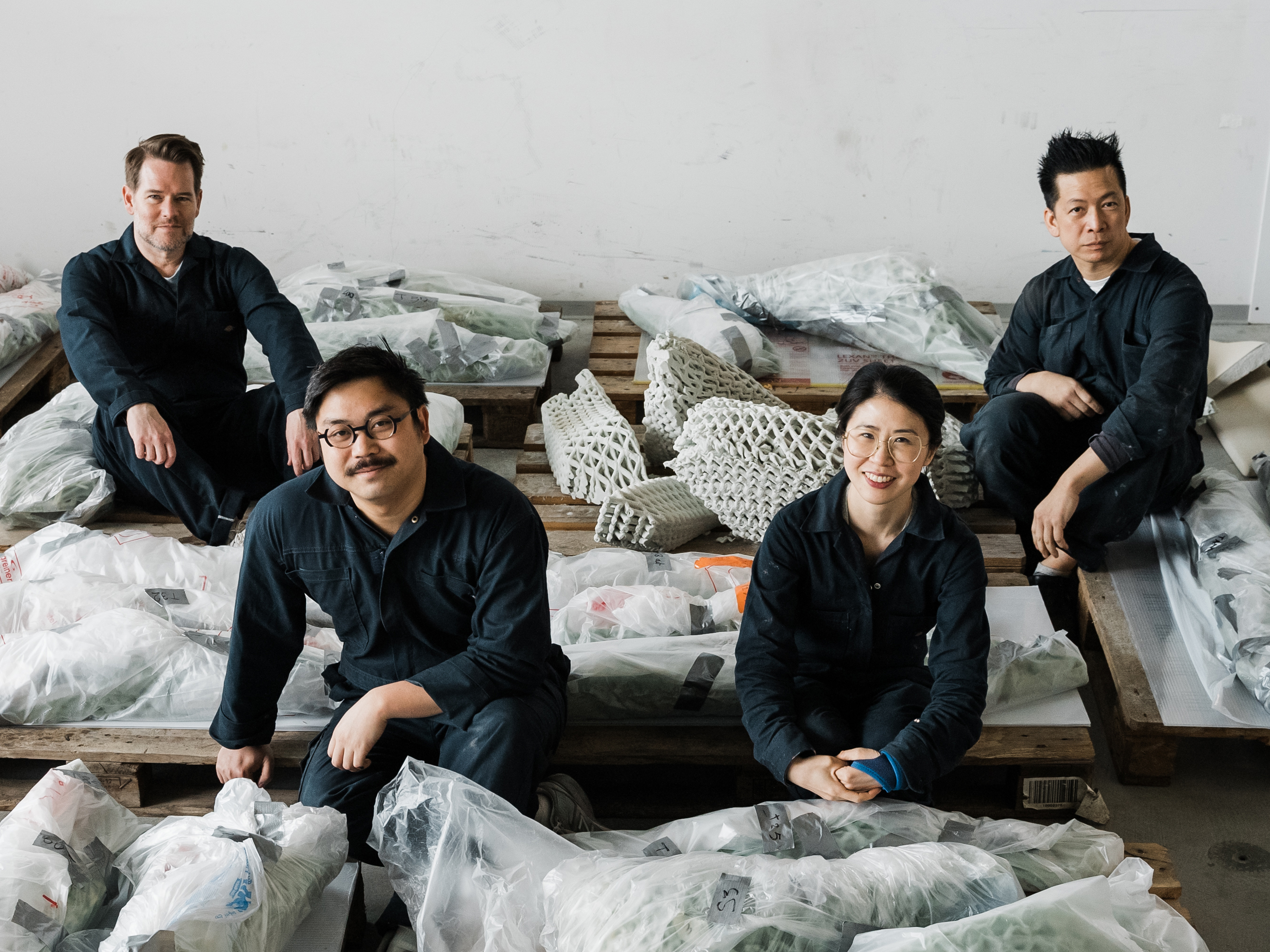
Amidst the ongoing global climate crisis, Picoplanktonics showcases the potential for collaboration between humans and nature. Comprised of 3D printed structures that contain live cyanobacteria capable of carbon sequestration, the exhibition is an exploration of our potential to co-operate with living systems by co-constructing spaces that remediate the planet rather than exploit it. By leveraging ancient biological processes alongside emergent technologies, Picoplanktonics proposes designing environments under an ecology-first ethos.
“The interdisciplinary research at the core of Picoplanktonics, led by Andrea (Shin Ling) and the team from ETH Zurich, is exactly the type of forward-thinking collaboration we encourage among faculty and students across our fields at the Daniels Faculty,” says Robert Levit, Acting Dean of the John H. Daniels Faculty of Architecture, Landscape, and Design. “I’m thrilled by the exhibition and the work of Nicholas and Living Room Collective, and can't wait to see what it inspires beyond its life in Venice.”
When visitors enter the Canada Pavilion, they will encounter 3D printed structures that were originally fabricated in an ETH Zürich laboratory. These are the largest living material structures produced using a first-of-its-kind biofabrication platform capable of printing living structures at an architectural scale.
The unique Picoplanktonics experience stems from adapting the Canada Pavilion to provide enough light, moisture, and warmth for the living cyanobacteria within the structures to grow, thrive and change. For the duration of the exhibition, caretakers will be onsite tending to the structures, emphasizing care and stewardship as essential elements of the design.
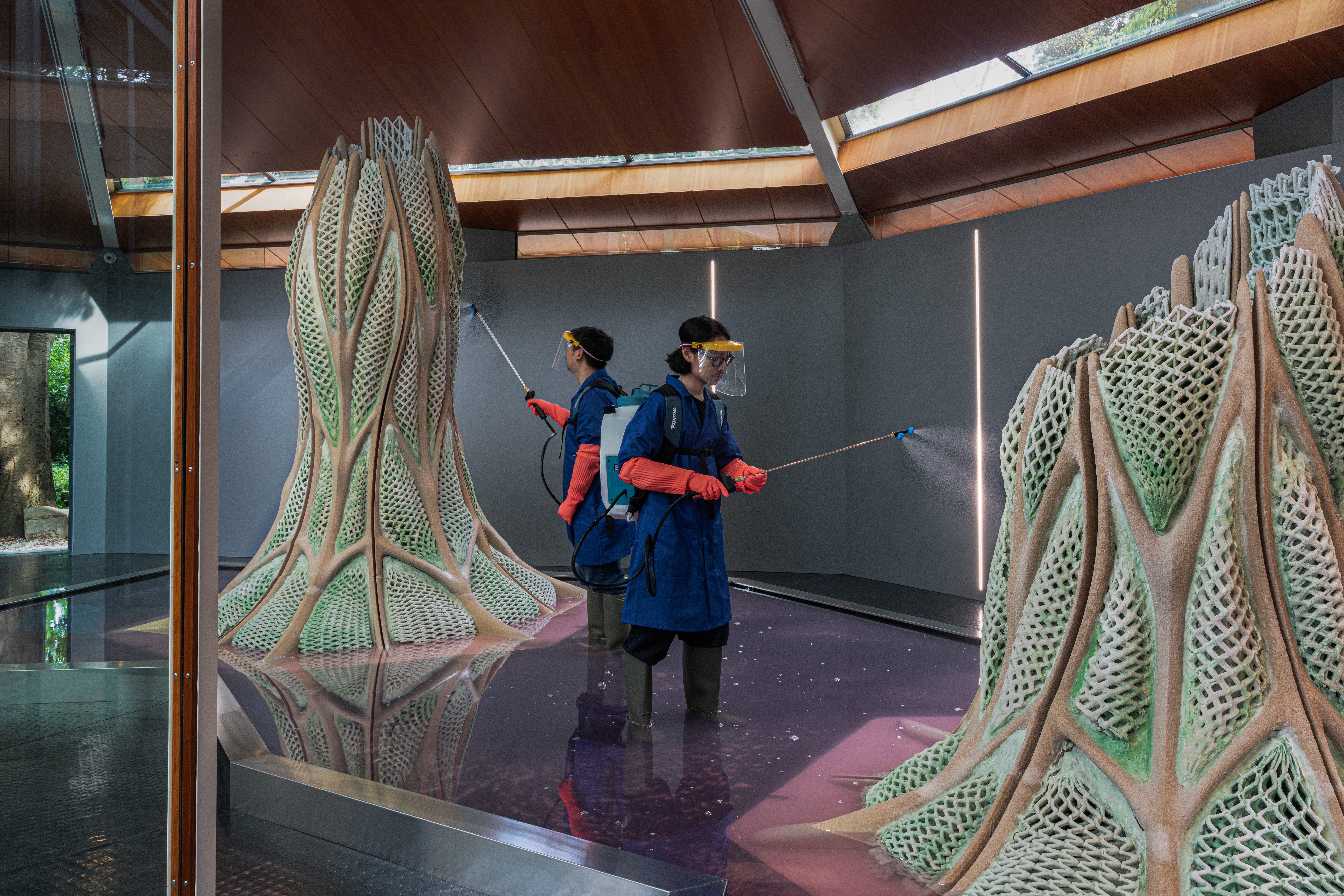
As global carbon emissions continue to rise to untenable levels, Picoplanktonics presents a vision of how a regenerative system of construction could operate. It is an ongoing experiment centered on leveraging the reciprocal relationship between living structures, the built environment, and humans. In this way, the Living Room Collective is rethinking building principles and prioritizing ecological resilience beyond human species survival.
“Through the lens of architecture, this year’s Canadian exhibition brings technological innovation and ecological stewardship together,” says Michelle Chawla, Director and CEO, Canada Council for the Arts. “It is a unique exhibition, sure to inspire global audiences and to ignite important conversations, about how our built environment might better house and use natural systems for a more sustainable future.”
Commissioned by the Canada Council for the Arts, the selection committee was comprised of: Aziza Chaouni (architect, principal, Aziza Chaouni Projects and associate professor, John H. Daniels Faculty of Architecture, Landscape, and Design, University of Toronto); David Garneau (Métis, painter, curator, critical art writer and professor, Visual Arts Department, University of Regina); Daniel Pearl (archi-tect, principal, L’OEUF Architectes and professor, School of Architecture, Université de Montréal); Siamak Hariri (architect, founding partner, Hariri Pontarini Architects); and Sepake Angiama (curator, educator, and artistic director, Institute for International Visual Art).
Learn more on the Picoplanktonics website: picoplanktonics.com
Read the full media release via Canada Council for the Arts: canadacouncil.ca/initiatives/venice-biennale/2025
Visit the Venice Biennale website for more information: labiennale.org/en/architecture/2025
Photo credits: Living Room Collective.


